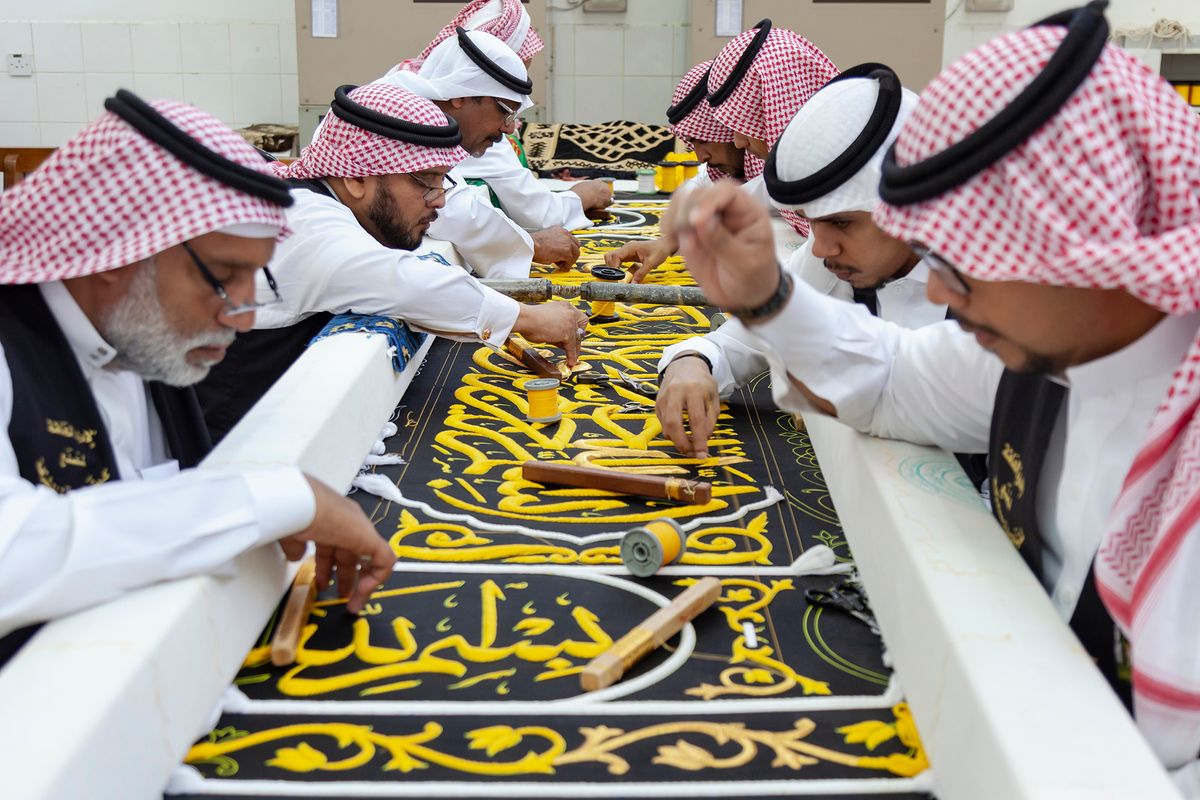Arabic calligraphy, Congolese rumba and the pottery-making tradition of the Awajún people of northern Peru have all been added to Unesco’s prestigious Intangible Cultural Heritage of Humanity list.
Thirty-nine elements in total were inscribed to the list, announced this week following a meeting of the heritage body’s intergovernmental committee. The list reflects “the diverse cultural practices and expressions of humanity, and seeks to raise awareness of the importance of such practices and expressions”, says Unesco.
The Arabic calligraphy proposal was championed by a coalition of 16 Arabic-speaking countries including Egypt and Palestine. The campaign was led by Saudi Arabia, which continues to promote its cultural credentials as part of the government’s Vision 2030 plan aimed at diversifying the economy and delivering a more “open” image of the country.
The Saudi government declared the years of 2020 and 2021 the “Year of Arabic Calligraphy”, encompassing an exhibition at Riyadh’s National Museum that examined the relationship between calligraphy, contemporary design and artificial intelligence. Unesco highlights this “artistic practice of handwriting Arabic script in a fluid manner to convey harmony, grace and beauty”, adding that calligraphy skills are transmitted informally or through formal schools and apprenticeships.
In a statement, the Saudi Ministry of Culture says: “[Arabic calligraphy] remains extremely popular and is used by artists and designers across a broad range of media, including in paintings, sculptures and graffiti, or ‘calligraffiti’. Visitors to the Kingdom can witness early forms of the Arabic language in ancient inscriptions at locations including Unesco World Heritage Sites, AlUla and Himā Najrān.”
Meanwhile, the thousand-year-old Awajún pottery practice has permitted the empowerment of Awajún women, who look after and sow the plants they use to make and decorate their pots, Unesco says, adding: “The pots are decorated with geometrical patterns inspired by elements of nature such as plants, animals, mountains and stars. They are used for cooking, drinking, eating and serving food, as well as for rituals and ceremonies.” The Congolese rumba dance, which derives from an ancient dance called nkumba, is also on the Unesco list.
New elements were also added to other Unesco intangible culture lists. A national programme that has helped to safeguard the art of calligraphy in Iran was put on the Register of Good Safeguarding Practices. “The safeguarding of the Iranian calligraphic tradition became a major concern in the 1980s, and a national programme was developed for this purpose by non-governmental organisations in collaboration with the government,” Unesco says.
Meanwhile, there are four new inscriptions on the List of Intangible Cultural Heritage in Need of Urgent Safeguarding, which highlights traditions under severe threat. These include the ancient practice of weaving Tais, a textile produced in Timor-Leste, southeast Asia, which is used to welcome new-borns as well as for traditional ceremonies and festivals. The practice is threatened by several factors including a preference for modern clothing among younger generations and the replacement of local, handmade materials with industrial alternatives, Unesco says. Unesco’s intangible cultural heritage lists now include 630 elements from 140 countries.


